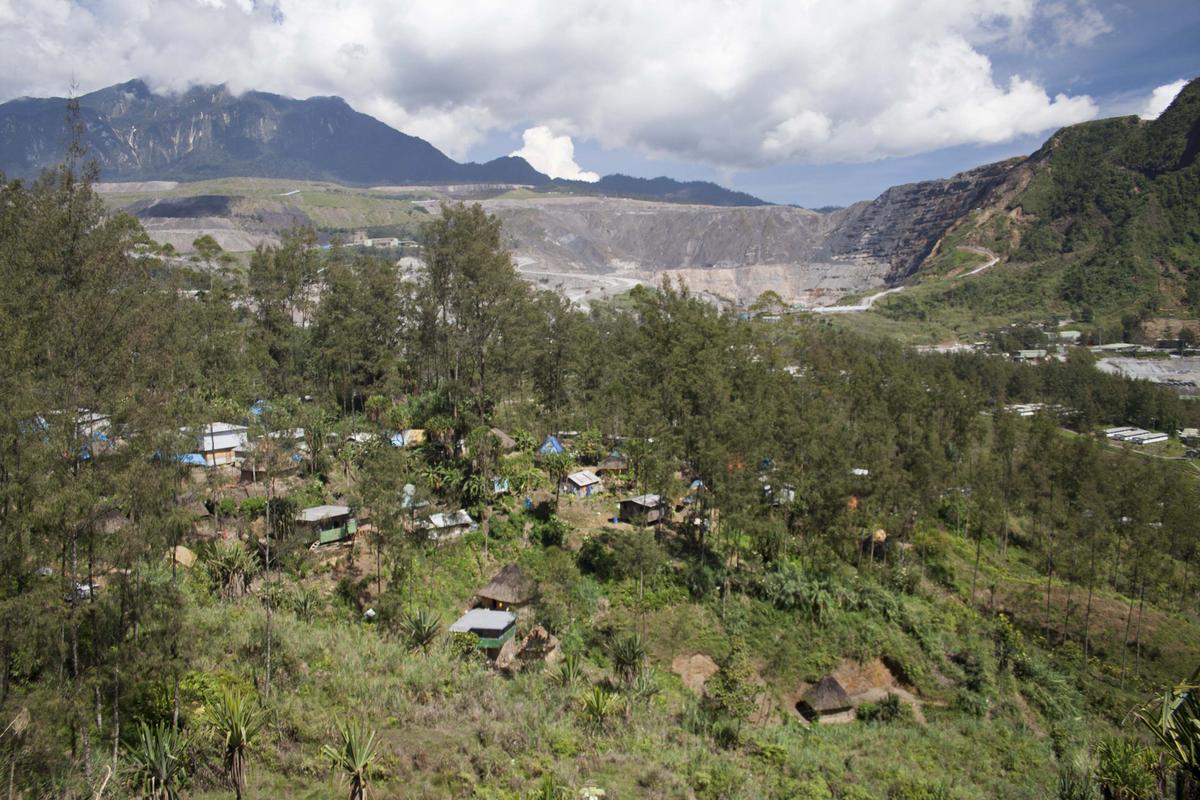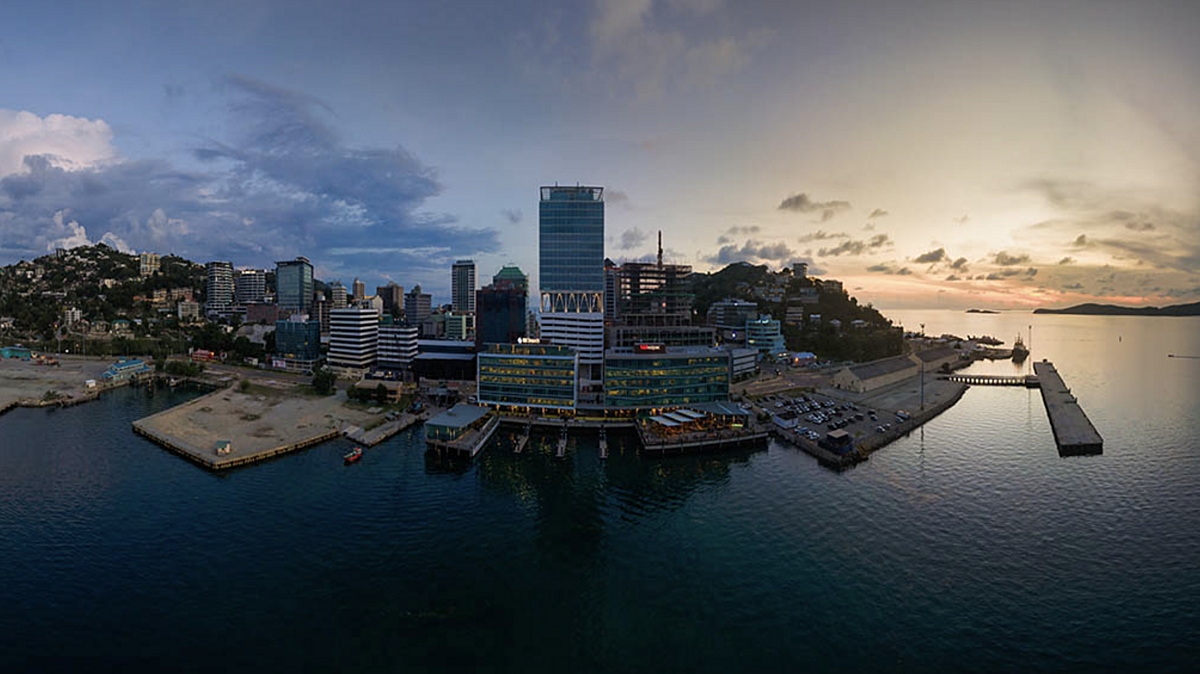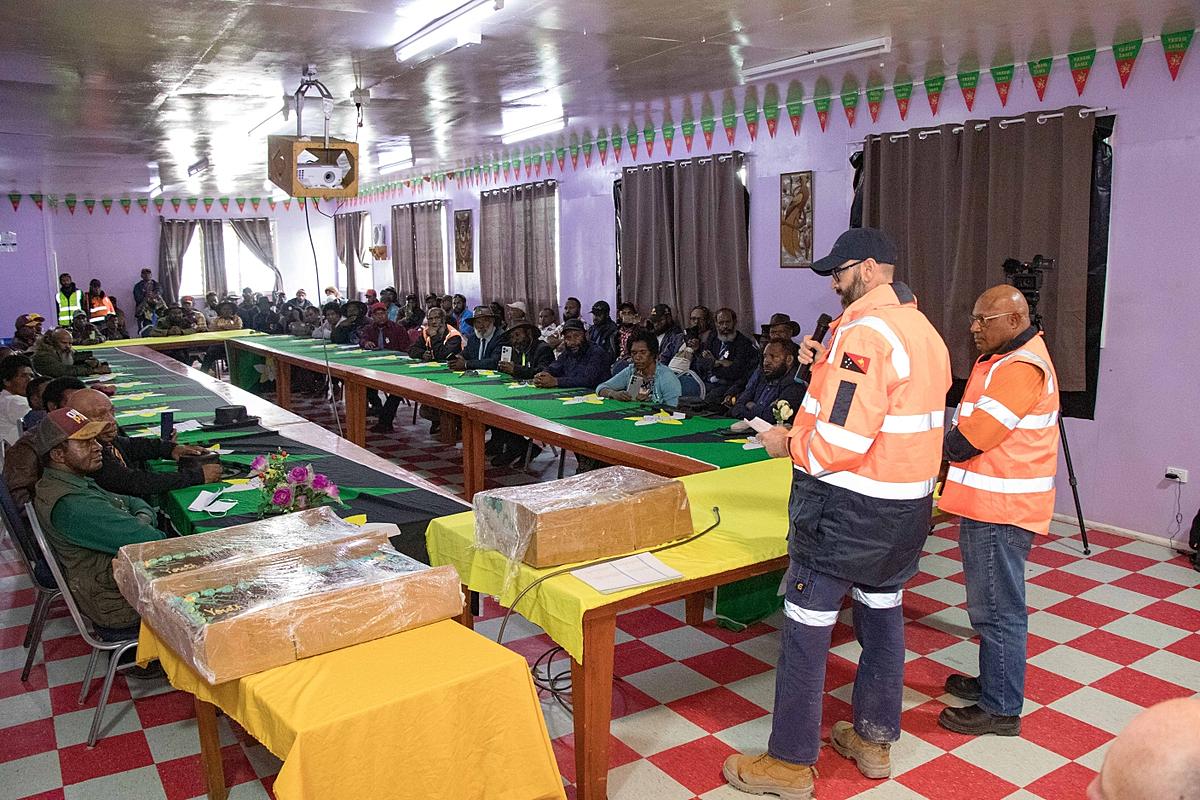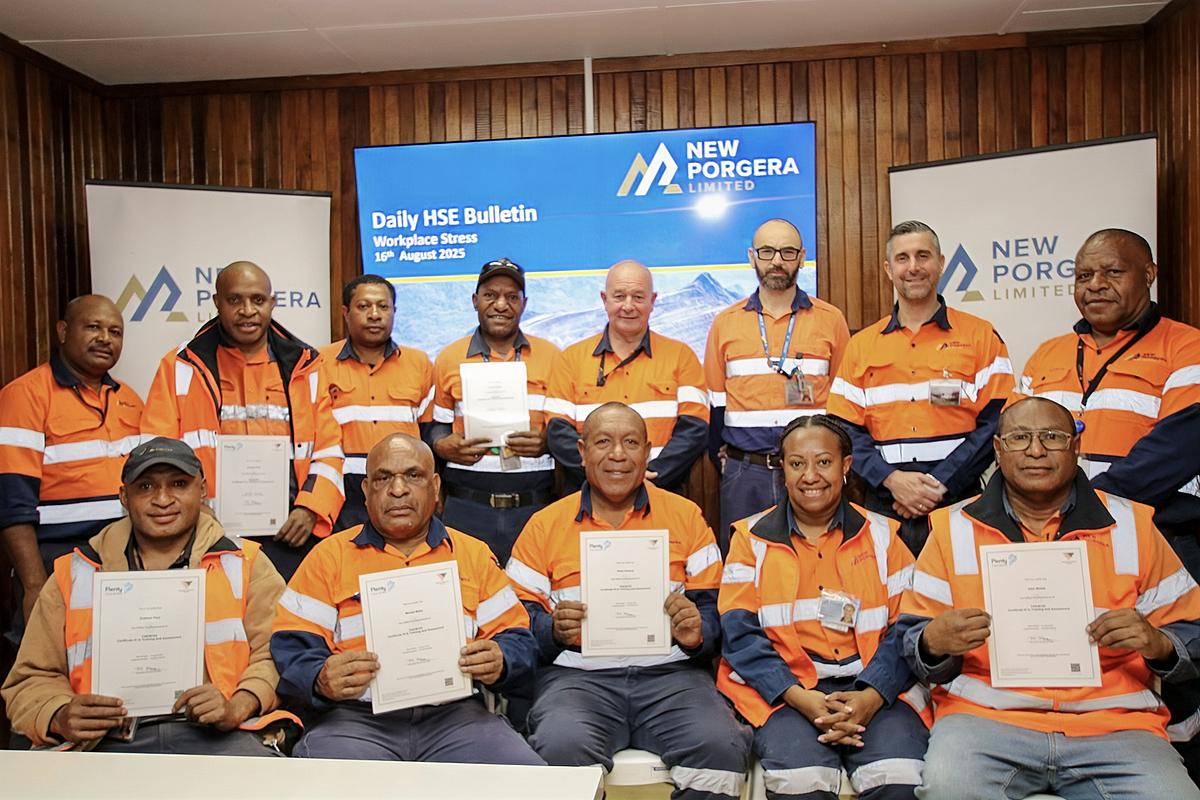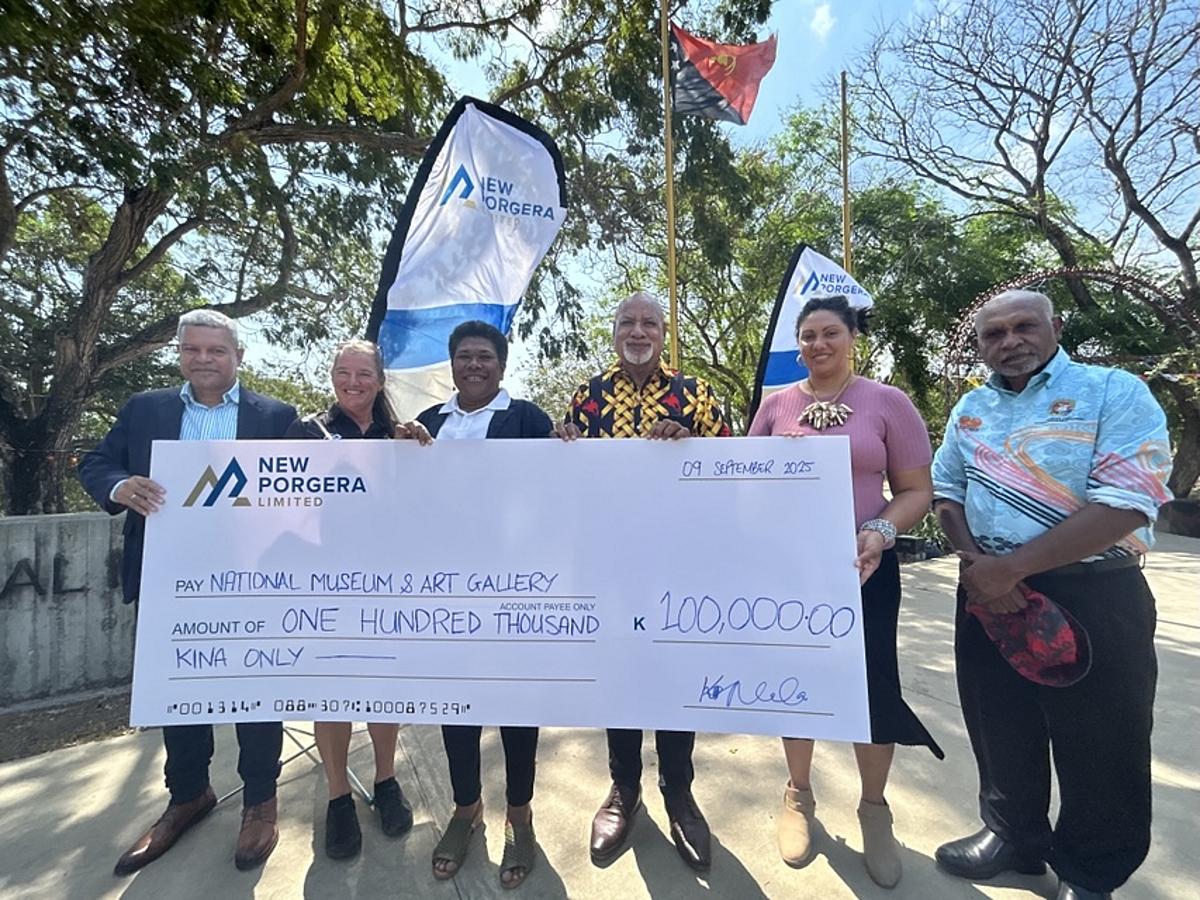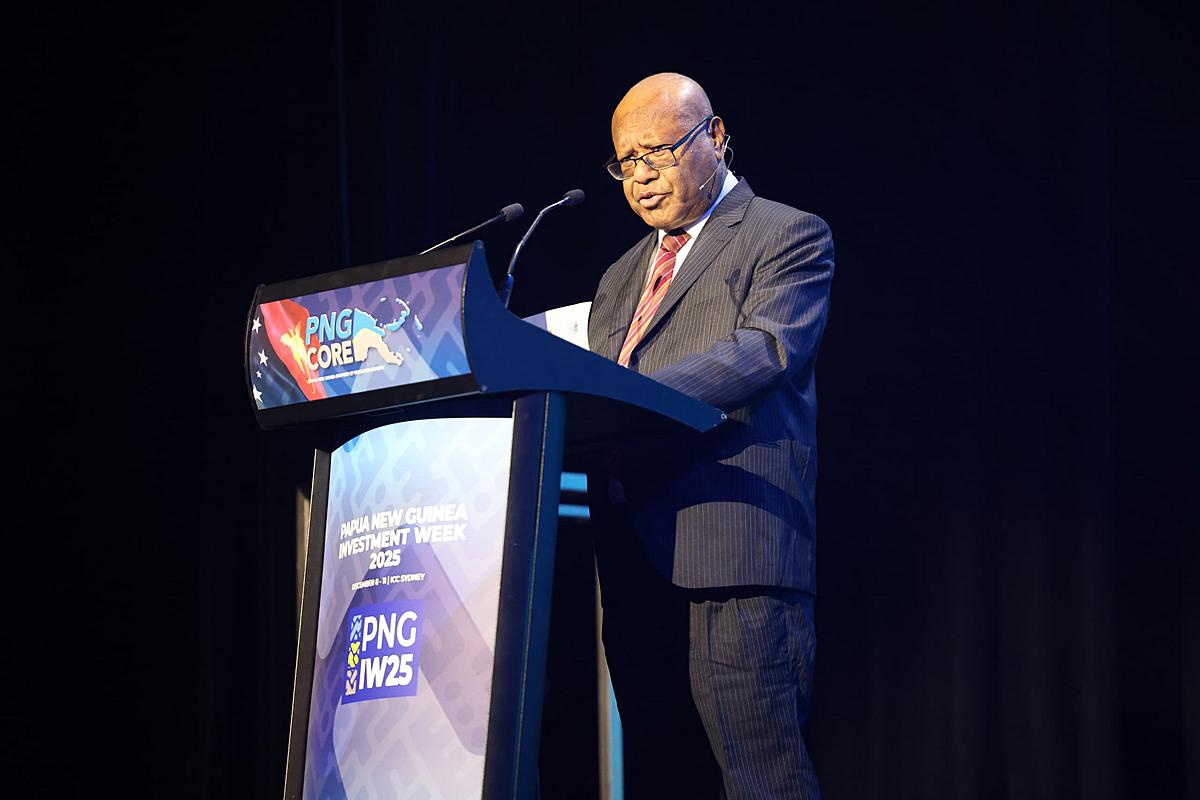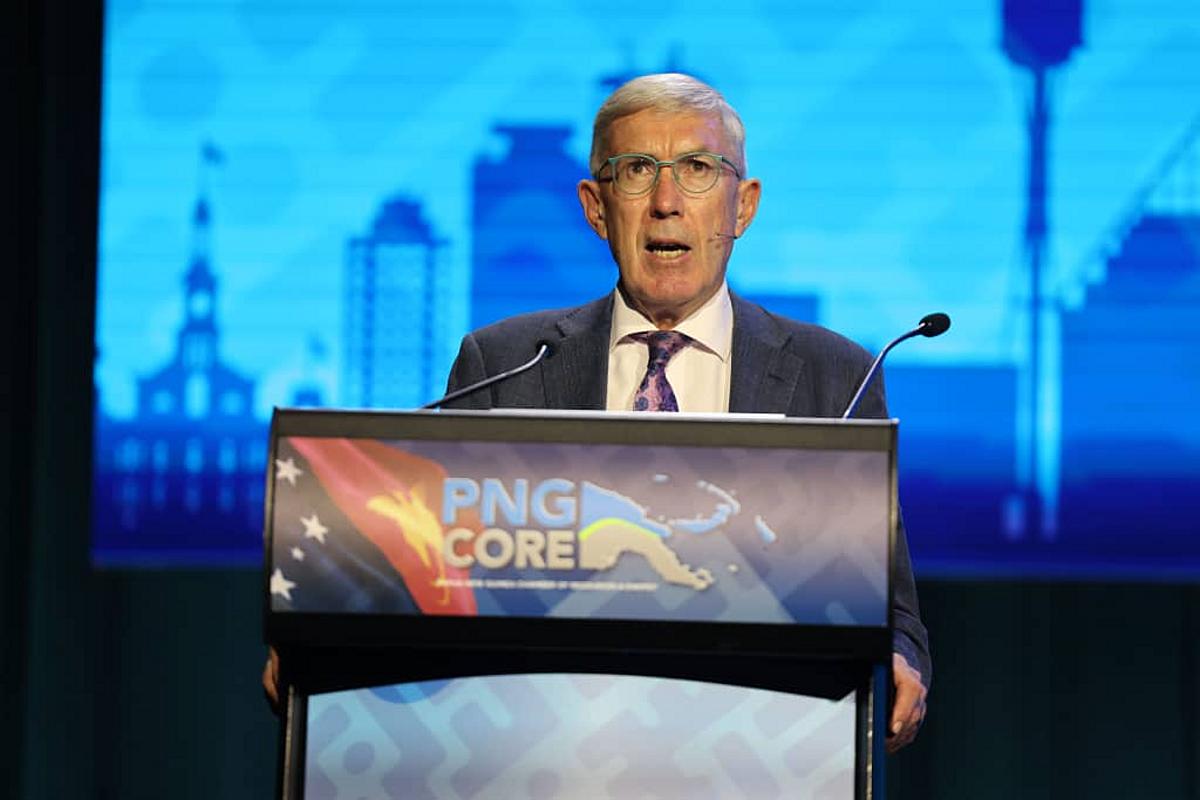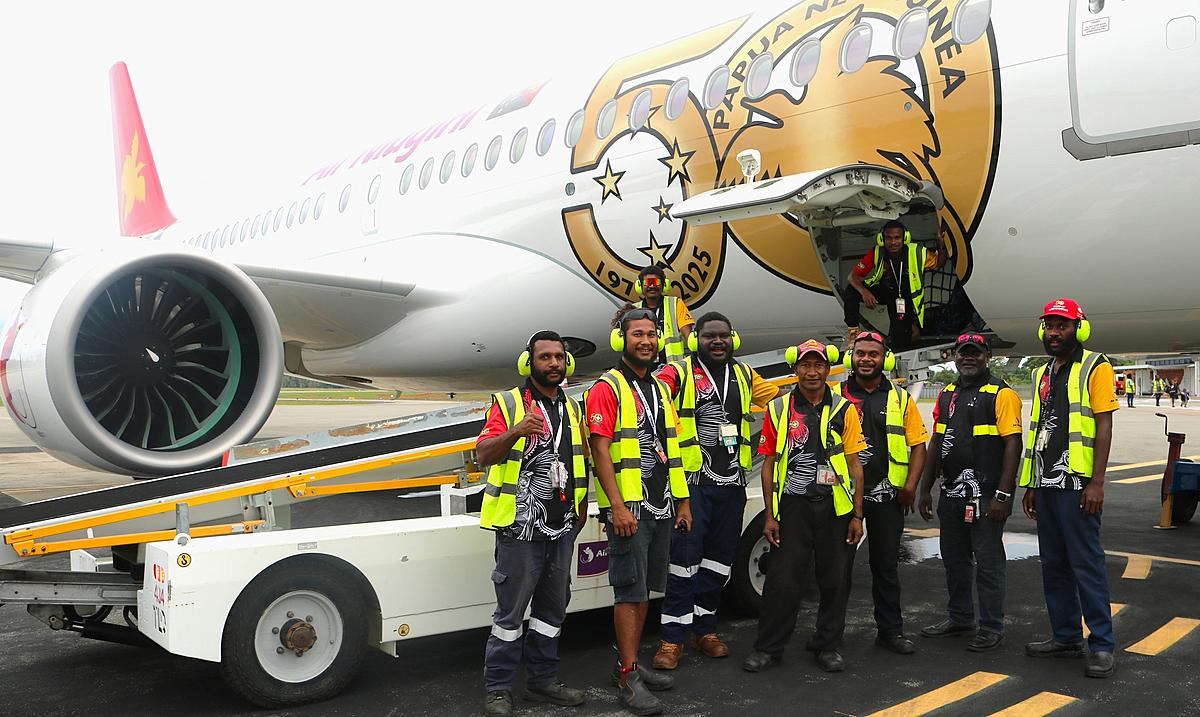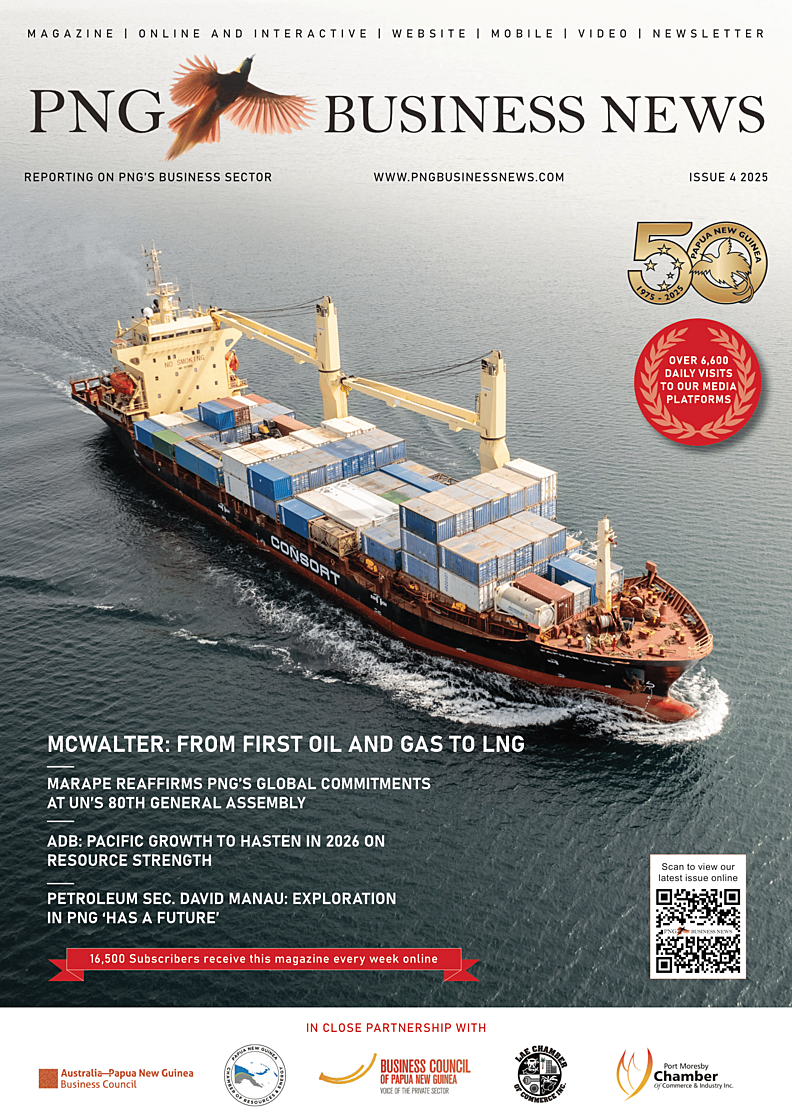by Andrew Anton Mako
Blessings
The Porgera goldmine in Enga Province offered so much promise when it began production in 1990 – a modern way of life and improved living standards for the landowners and surrounding communities, with access to modern health, education, and other social services. Before the closure of the mine in April 2020, it had produced 16 million ounces of gold and earned over K4 billion for the national government. Over its 30 years, it created employment and contracts, other spin-off businesses and infrastructure projects, and scholarships to landowners and other PNG students. (I was a recipient of such a scholarship from 2005 to 2007 at the University of Papua New Guinea.)
As a result of the mine, the lives of the people of Porgera changed dramatically within a generation, from traditional community to urban-based life. A new township was built with a modern hospital, a new high school (which I attended), and an international school for children of the Special Mining Lease (SML) area. Business thrived. The local landowners (people from the SML area) had access to large, new wealth in various forms of proceeds (cash and other spin-off benefits) from the goldmine.
The government set up a special purpose government authority, Porgera Development Authority, to finance the development needs of Porgera-Paiela district, with regular funding from Porgera mine royalties.
Over its lifetime, the mine also provided K335 million to the provincial government, which funded critical development projects as well as school fees for Enga children, enabling the province to emerge as a modern province from the development backwaters before the mine began.
The mine was a blessing, or so it seemed.
Curse
People from all over the country have settled in Porgera, resulting in a population increase in the district from 4,000 to over 70,000 now. This has created tensions, which have led to fierce fighting. This preceded but has been worsened by the mine closure, with the current ongoing fighting leading to many deaths, and destruction of much property. The once peaceful mining township is now dangerous and unsafe, even with the presence of reinforced military and police.
The three decades of mining have led to significant environmental degradation. Much of the land on the fringes of the mine is unfit for human settlement and farming due to landslips caused by dumping of waste rocks. The relocation of landowners who still live on the edges of the mine has been hindered, among other things, by population increase and complicated kinship ties.
Because of a lack of arable land for farming, and lack of proper financial literacy, the landowners became dependent on the regular royalty and compensation payments from the mine. The population increase over time also meant each landowner received less money. These payments have now ceased with the mine closure, as well as due to ongoing disputes between landowner factions. Thousands are facing financial hardship, and are being thrown into poverty, as the mine closure prolongs.
Only a handful of SML children have been able to make it to universities or colleges, even though a scholarship fund (SML Children Trust Fund) and a modern international school were established to benefit the children of the landowners.
Apart from a couple of landowner companies which are controlled by a handful of people (and could be better managed), not many SML people own businesses in Porgera, or have invested in other business ventures outside of Porgera, even though the mine set up a business development office to support local entrepreneurship. Most of the small businesses, such as trade stores and contractors to the mine, have all but ceased during the three years since the mine closure.
In-fighting among the landowners over many years for the control of mining benefits such as royalty payments has perpetuated the suffering of the poor majority, who bear the brunt of the evils of missed opportunities of mining in PNG.
The money paid to the Porgera Development Authority has all but disappeared, with no developmental trace in the Porgera-Paiela district, leaving Kolombi/Paiela in a shambles of rural decay.
Lessons
The new Porgera deal offers an important opportunity to right the wrongs of the past in the estimated 20-year life of the mine when it restarts. The government has secured a 51% equity stake in the mine for PNG stakeholders, which includes a 10% free-carry equity for Porgera landowners. At current gold prices, PNG stakeholders would receive US$7.3 billion (K25.2 billion), with an estimated K2.5 billion to landowners for 20 years.
However, the national government will not receive any dividends for ten years, as the money will be used for care and maintenance costs incurred during the closure period. Some lament that a similar or better deal could have been achieved without shutting down the mine.
The bigger problem though is that the negotiations have focused only on getting a bigger share for various stakeholders. Without better local governance, increased funds will just mean increased wastage.
The following are important lessons going forward for the new Porgera mine, and for the resource sector in PNG more generally.
- All stakeholders, especially the people and the government, must be made aware that the minerals will run out eventually, and plans must be drawn up accordingly.
- School education (for both SML and other surrounding communities) should be given prominence to ensure children continue with education past high school. An educated population will drive the development of the Porgera-Paiela district and its people after the eventual closure of the mine. The same goes for PNG more broadly.
- Landowners must be taught financial literacy skills, so that they can invest some of the mine proceeds in sustainable living ventures rather than consuming them all.
- Long-term funds should be considered for landowning communities to sustain important services such as health, education and infrastructure development after the closure of the mine. Such funds should be ring-fenced with stringent governance and legal mechanisms to prevent looting by unscrupulous actors.
- Issues of land ownership are complex in PNG, and require careful negotiation with all relevant stakeholders.
The 20-year life on the Porgera mine when it resumes will determine the future of the mine’s landowners and the Porgera-Paiela district as a whole. If the mine’s proceeds are once again squandered, it will be more of the same: environmental degradation, violence, population influx, corruption, disputes, and poverty. If, however, they are managed and invested carefully, a new day will dawn.
Disclosure: This research was undertaken with the support of the ANU-UPNG Partnership, an initiative of the PNG-Australia Partnership, funded by the Department of Foreign Affairs and Trade. The views are those of the author only. This article appeared first on Devpolicy Blog (devpolicy.org), from the Development Policy Centre at The Australian National University. Andrew Anton Mako is a visiting lecturer and project coordinator for the ANU-UPNG Partnership. He has worked as a research officer at the Development Policy Centre and as a research fellow at the PNG National Research Institute.

